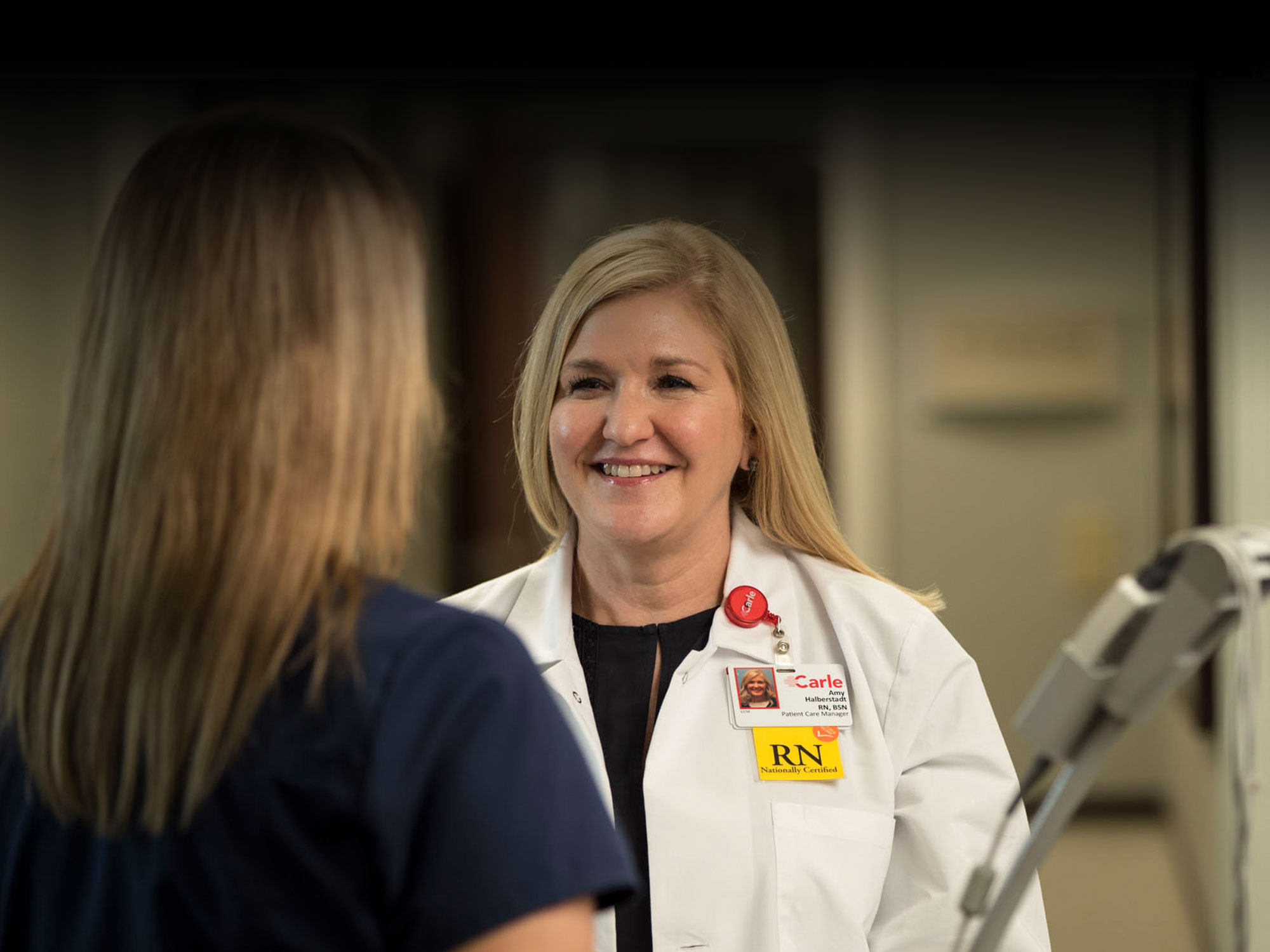
Carle has a great evidence-based fall risk procedure and protocol in place. However, the increase in falls and falls with injury along with poor audit results show staff had a limited understanding of the tool and preventative interventions. This was addressed through interaction and education.
“In order to address this, one-on-one education was conducted with teach back processes as well as written exams and audits,” said Besa Beguin, MSN, RN, RN-BC, Quality outcomes coordinator.
From August of 2018 to April of 2019, staff received education and participated in exams and audits. As a result, the compliance rate went up approximately 25 percent.
The standard precautions for all patients include:
-
Locking the bed in a low position
-
De-cluttering the room
-
Reviewing the fall safety agreement
-
Making sure the call light is within reach
-
Providing non-slip socks (grey/blue) to be worn
The precautions for high fall risk patients include:
- Ensuring the nurse alarm is on the bed or in the chair
- Staying within arm’s reach when ambulating/toileting
- Placing floor mats when needed (excludes intubated/sedated patients)
- Including a high fall risk sign outside the door
- Providing yellow socks and yellow wrist band
- Implementing interventions based on individual risk factors
The unit saw a reduction in falls and falls with injury along with increased knowledge of areas that previously showed deficits. The patient benefits greatly with these procedures, being that statistically the results show a reduction in falls and falls with injury.
“The biggest takeaway from this effort is that staff was having continued fallouts on following the protocol due to lack of understanding, not due to unwillingness to follow the protocol,” Beguin said. “Continued education and training assists staff to be better prepared and on top of the potential risks.”
